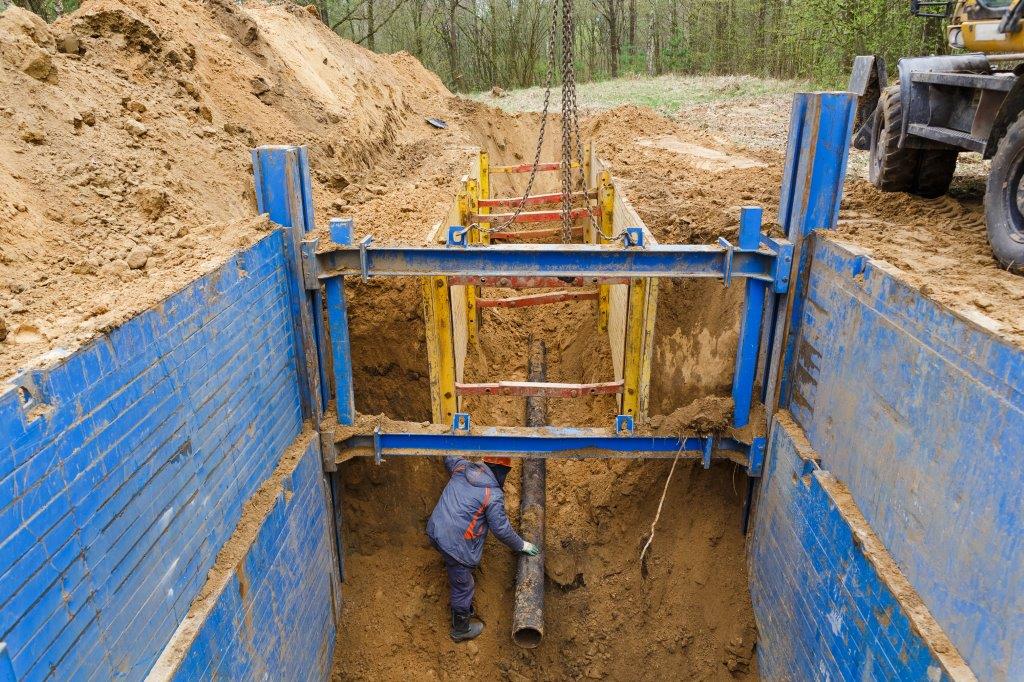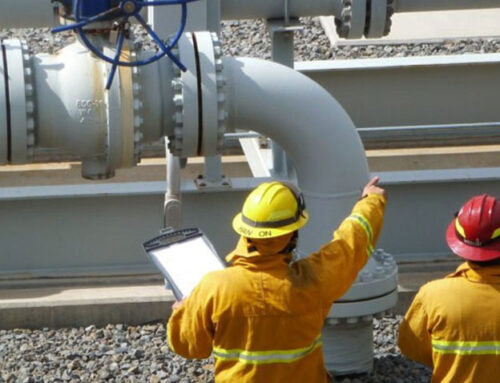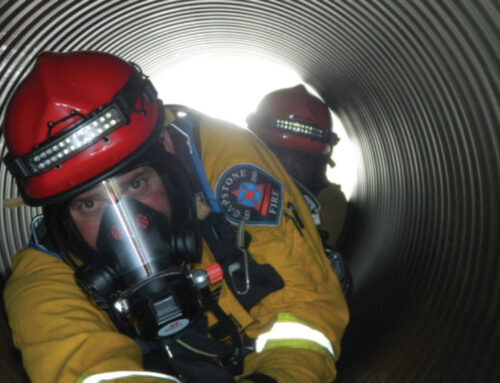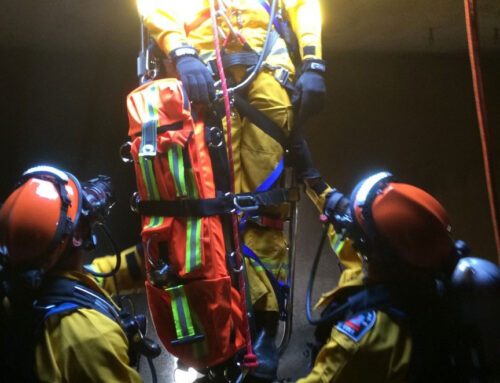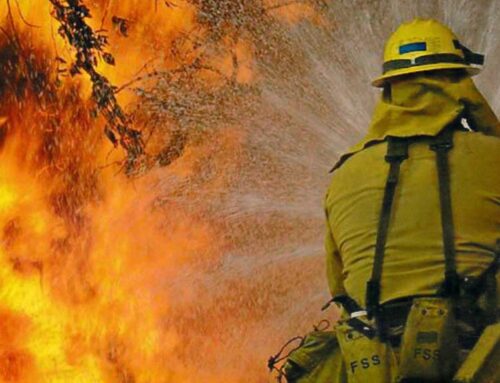Trenching and excavation fatalities are on the rise in America over the previous 5 years. The Bureau of Labor Statistics has stated the 2016 fatalities due to excavation hazards has double the average of the previous five years. The Occupational Safety and Health Administration (OSHA) has made preventing trenching and excavation hazards a priority goal.
OSHA also put trenching and excavation activities in the National Emphasis Program (NEP). This NEP was first instituted in 1985, and was followed up with an official OSHA compliance letter CPL 02-00-069. The new compliance letter CPL-02-00-161 will supersede the old directive. In the compliance letter, the regulators are given the necessary procedures to inspect and aid for outreach. OSHA’s new compliance assistance video give 5 tips to staying safe in an excavation:
- Ensure there is a safe way to enter and exit
- Trenches must have cave-in protection
- Keep materials away from the edge of the trench
- Look for standing water or other hazards
- Never enter a trench unless it has been properly inspected
Ensure there is a safe way to enter and exit
Entering and exiting a trench seems to be a basic concept, but it is a most frequently cited standard 29 CFR 1926.651(c). This standard was cited 480 times in the fiscal year 2018. The total cost for these citations was $1,828,597 with the water and sewer line construction industry cited the most.
According to the standard, when an excavation is 4 feet in depth, then the employer must have a ladder or ramp to safety get in and out of the trench. Also, there must not be a travel distance greater than 25 feet lateral without having a means of egress (exit and/or entrance point).
Trenches must have cave-in protection
Trench hazards are mostly related to the threat of a cave-in burying the worker. OSHA has given 3 ways to protect the worker from cave-in:
- Shoring is a technique of using a trench box or other shoring structures stabilizing the sides of the excavation within the rigid structure of the shoring.
- Sloping/benching the soil away at an angle is protective enough for the worker to work safely.
- Shielding is using sheeting material with braces to apply pressure to the side of the trench.
The cave-in protection must be selected after the soil has been identified as to the type of cohesiveness. There are 4 types of cohesive strengths of soil:
- Solid rock-most stable material
- Class A
- Class B
- Class C-less stable material
It is important to be prepared to rescue the worker in the event they are buried in the soil due to a cave-in. Prior to working a rescue team and equipment must be prepared to save the worker in case of an emergency situation.
Keep materials away from the edge of the trench
The excavated material, called the spoil, is dangerous when it is too close to the excavation. The spoil pile will increase the depth of the excavation, if it is closer than 2 feet from the edge of the excavation. The weight of the spoil can also be an added hazard to the worker in the trench.
Equipment and tools are also an increased hazard, if they are too close to the edge of the excavation. Workers must be disciplined and trained as to know how to stage material in such a manner it will not create a new hazard.
Look for standing water or other hazards
The accumulation of water will create the hazard deteriorating the integrity of the excavation. The worker can be drowned if the water fills the excavation as well as the walls will become unstable. This too can cause a cave-in due to fissure or seeping.
Additionally, toxic atmospheres can also be a hazard in the excavation. It is important the workers are protected from the accumulation of hazardous gases. The employer must test the atmosphere for toxic material or oxygen levels.
Never enter a trench unless it has been properly inspected
An inspection of the excavation and trench is a requirement by OSHA. The inspection must be done by a person competent in excavation and trenches. A competent person is:
“one who is capable of identifying existing and predictable hazards in the surroundings or working conditions which are unsanitary, hazardous, or dangerous to employees, and who has authorization to take prompt corrective measures to eliminate them” [29 CFR 1926.32(f)].
Only the employer can designate the competent person. It is important to have this person analyze the soil to choose the right protection system. Also, they will be the person coordinating with the contract rescue team, if a rescue is necessary. The dangers of performing an excavation is a real threat, but the prepared employer will have the workers protected from cave-ins.

